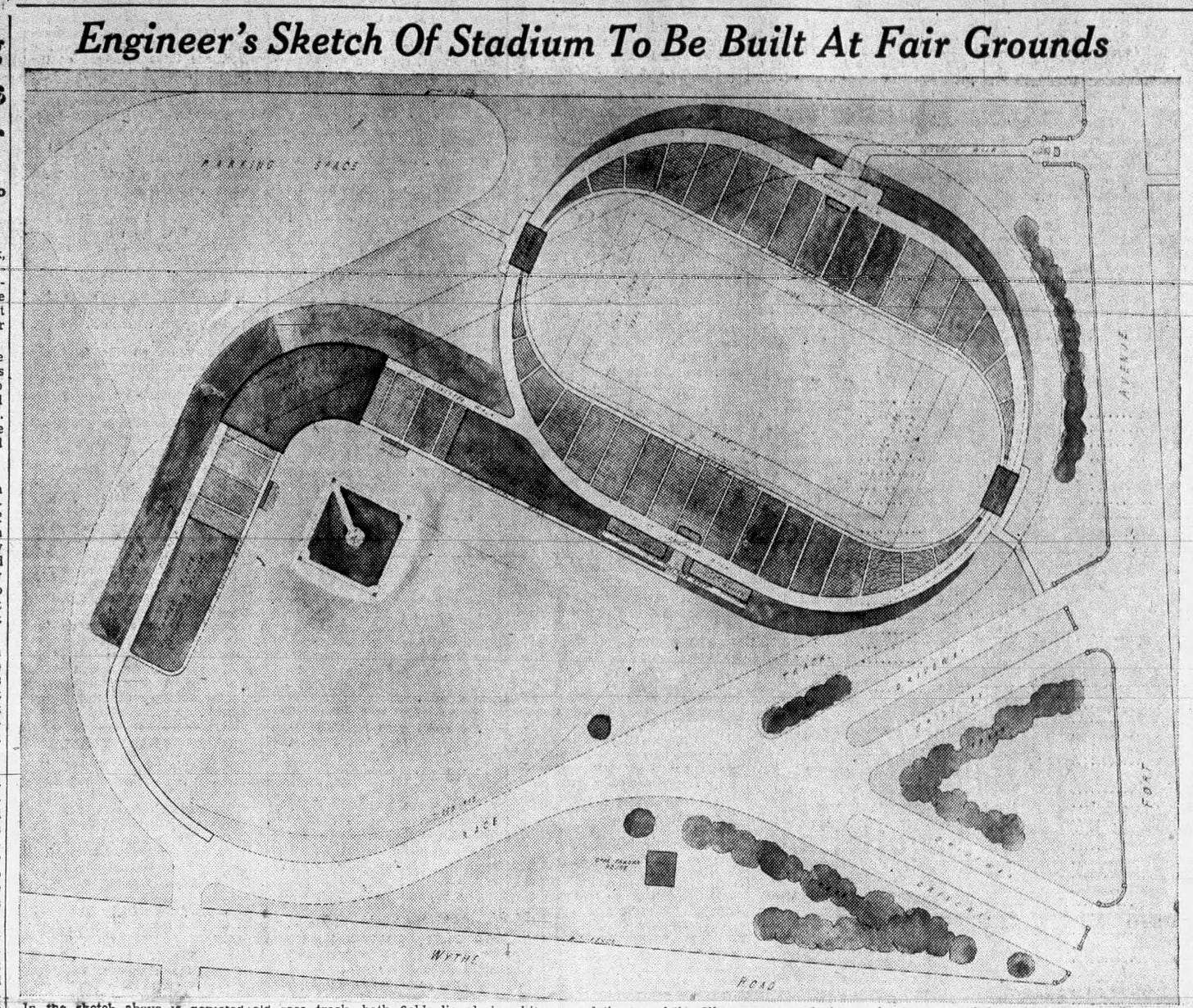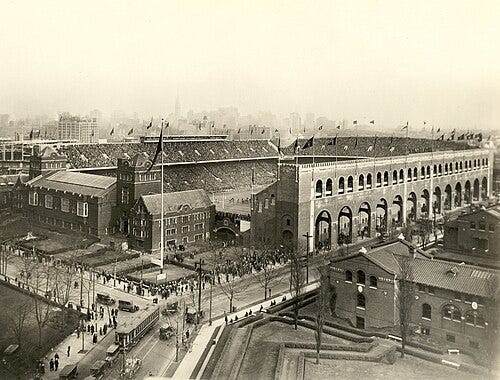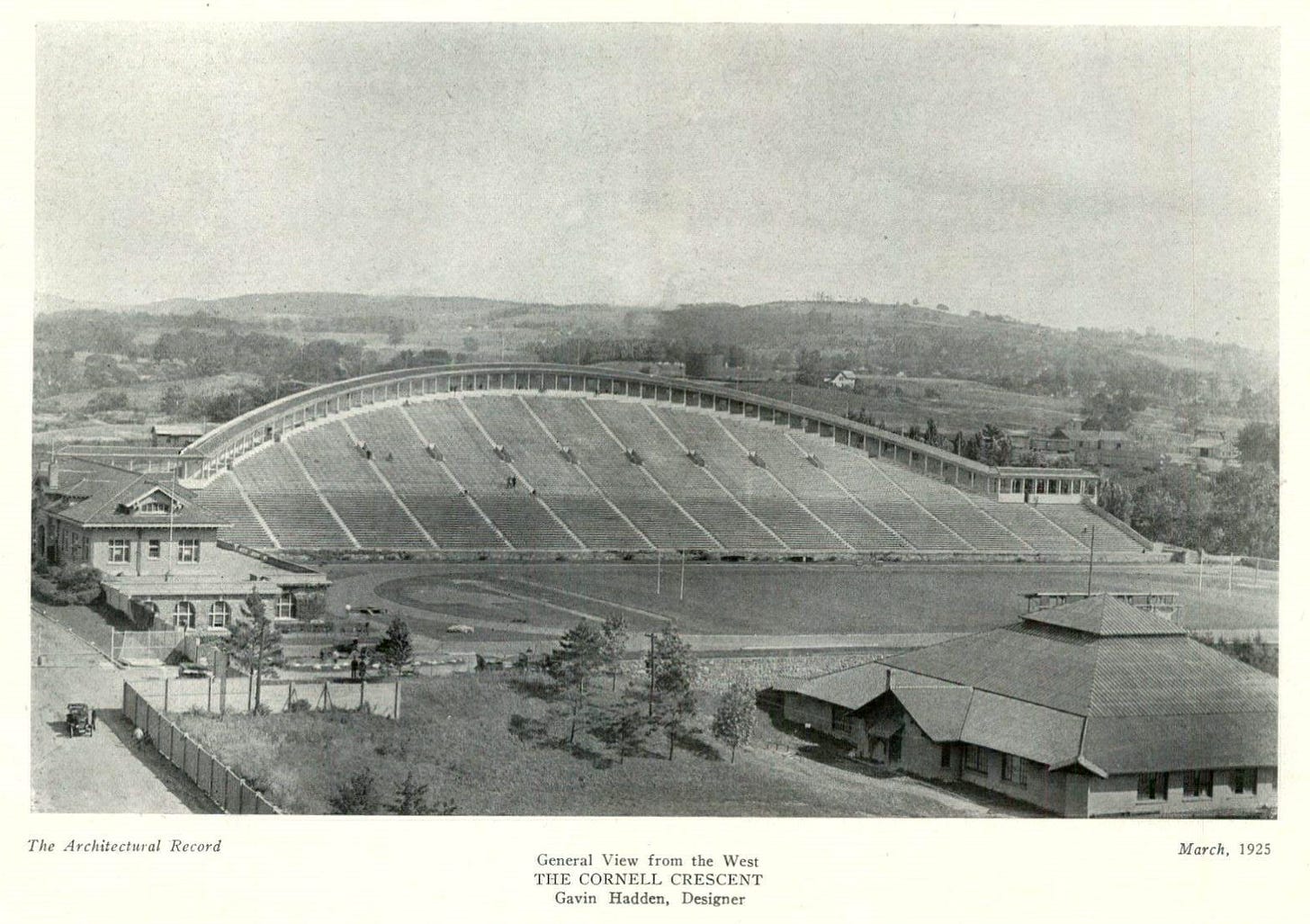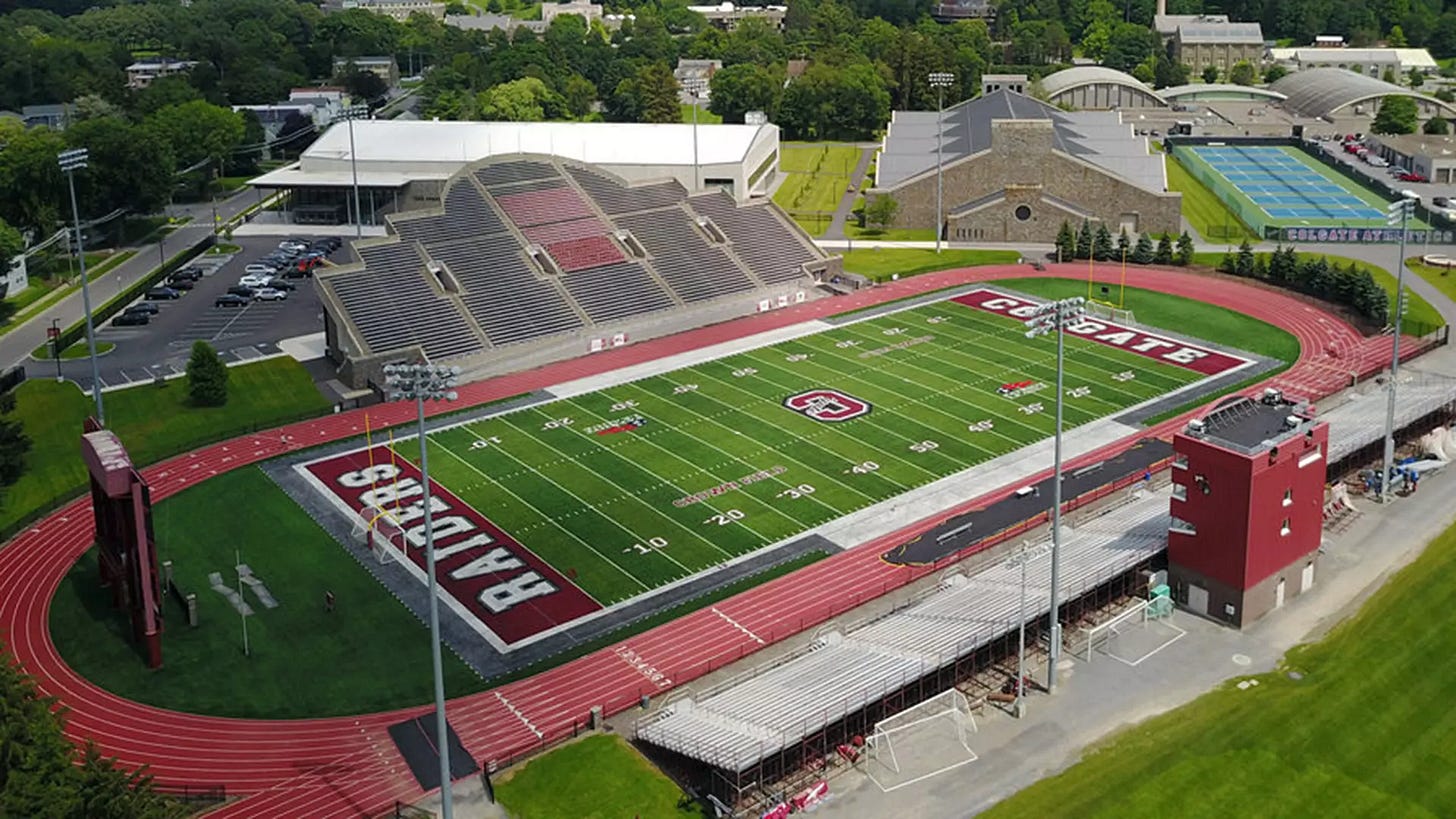Gavin Hadden and Crescent Stadiums
Gavin Hadden is not widely known, but he deserves more recognition than he has received in recent years. I plan to conduct further research on Hadden for my next book, which will explore the history of football fields and stadiums. However, here's what I've discovered so far.
Hadden was born in 1888, attended Groton, and graduated from Harvard in 1910, where he was a reserve lineman. He also earned a graduate degree in civil engineering from Columbia in 1912 before launching his career in the field.
His early work focused on railroads, which he continued to pursue while serving in France during WWI. After mustering out, Hadden formed his own firm and began consulting on and designing football stadiums. His role in some efforts is unclear, but he prioritized function over form, believing that functional design can result in a beautiful form.
College football had been played on polo grounds, baseball stadiums, and open fields since the start, with schools building wooden grandstands aligned along the sidelines. Purpose-built concrete stadiums emerged with Harvard, Syracuse, Yale, and Princeton building reinforced concrete stadiums before the war, each of which followed Greek (U) and Roman (bowl) designs.
Hadden's first major project was the 1922 teardown and rebuild of Penn's Franklin Field, a U-shaped double-decker stadium with exterior archways covering the sidewalks to fit the available footprint.
His next important work, a design he led, was the 1924 expansion of Cornell's Schoellkopf Field, where he premiered his signature crescent-stadium look. The crescent expanded existing rectangular stands that had been built into a hill, with a focus on quality seating. Whereas only 35% of the Yale Bowl's seats are between the goal lines, the crescent stadiums had much higher percentages.
Other key designs include:
1924 Bucknell Christy Mathewson Stadium
1925 Brown University Brown Stadium
Trapezoidal in design, 83% of the stadium's seats lie between the goal lines.
1926 Denver DU Stadium
The 30,000-seat stadium featured a crescent design.
1926 Northwestern Dyche Field
Hadden's most significant work was Northwestern's Dyche Stadium, which initially seated 37,000.
1939 Lynchburg City Stadium
City Stadium maximized the seat along the sideline before sloping away.

Hadden designed other stadiums and facilities, some of which did not move forward. In other cases, he provided consulting or engineering services rather than being the lead designer. Some of those projects included:
1927 Harvard Stadium expansion to 80K. Developed plans but did not move forward
1929 Texas State Fair, Cotton Bowl - Engineer
1950 Maryland - Consultant
Hadden also received publicity for his 1929 design of the Airport of the Future, an idea that never got off the ground.
Hadden was not finished, however, and rejoined the War Department in 1940, where he remained until he died in 1956.
While the specifics of Hadden's role are unclear, he was involved in the Manhattan Project from its inception and is its official historian, having edited the Manhattan District History, published in 1948.
Returning to the crescent football side, other schools and locations that required medium-capacity stadiums also opted for the crescent design without Hadden's involvement. These include:
1936 Norfolk Foreman Field
1991 Colgate Andy Kerr Stadium
Please let me know if I've missed any crescent stadiums or anything else.
Also, a reader, Tom Douglis, let me know several of these stadiums had a common designer, leading me to investigate, so thank you for the heads up.
Postscript
Additional crescent stadiums include:
Football Archaeology is reader-supported. Click here to buy one of my books or otherwise support the site.











This 2015 UNC Libraries blog on the dedication of Kenan Stadium includes an article from a French magazine that includes a photo of Cornell's stadium (as well as UNC's and Cal's). https://blogs.lib.unc.edu/uarms/2015/11/
Tampa Stadium had a crescent shape. As did — at least in its original construction — Alamo Stadium in San Antonio, which was built in the early 1940s and is still one of the largest high school stadiums in Texas.